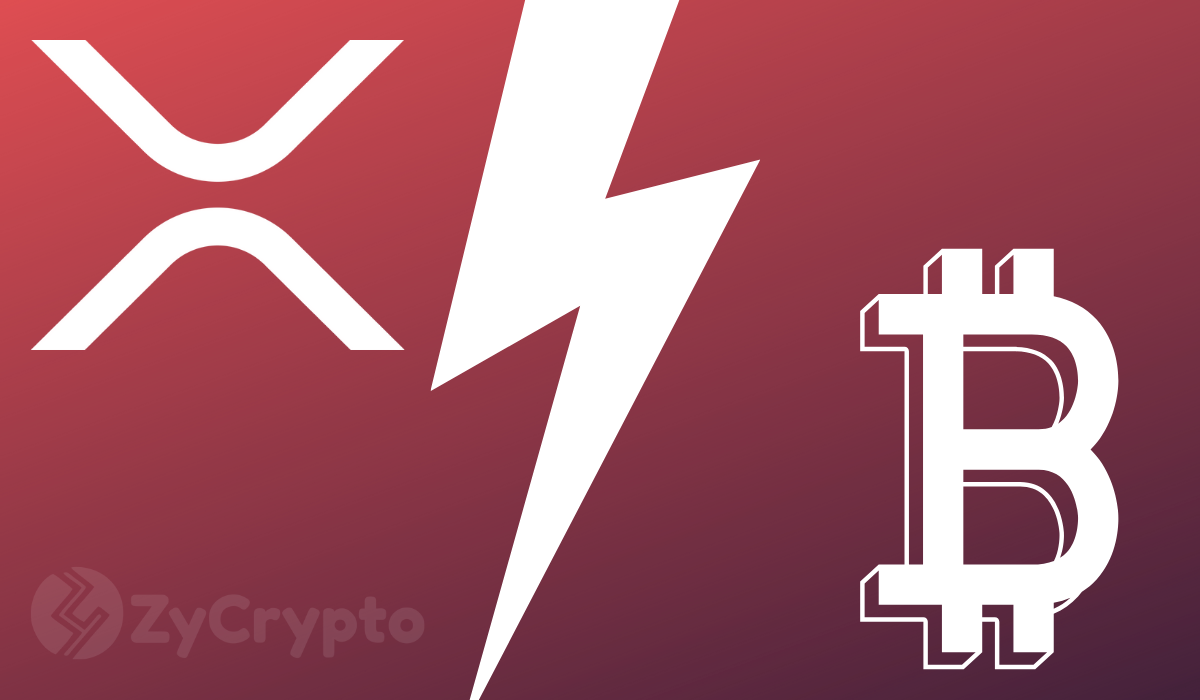According to Bitcoin.org, a node “is a program that fully validates transactions and blocks.” A Bitcoin node can be set up anywhere with a broadband internet connection. The nodes verify all the transactions and when you put all the nodes together you get the Bitcoin Network.
Kevin Rooke, a known Bitcoin advocate pointed out on Twitter that the number of Bitcoin nodes is higher than the total number of active XRP addresses.
Bitcoin has more active *nodes* than XRP has active *addresses*
Bitcoin active nodes: 9,564
XRP active addresses: 8,346?
— Kevin Rooke (@kerooke) May 5, 2019
But Matt Hamilton, a software developer, and cryptocurrency enthusiast contended that these numbers aren’t so meaningful.
Yup. XRP is much more efficient than BTC with addressing as it has destination tags to facilitate subaddressing. So a single XRP address can service an entire exchange.
— Matt Hamilton (@HammerToe) May 5, 2019
Destination tags are designed for transactions involving institutions, companies or exchanges. Thousands of users can have sub-addresses under one destination tag so this could skew the conceived number of active addresses.
A comparison that might be more useful
In this case, is one to the XRP Ledger’s 29 validators. The XRP Validators are parallel to Bitcoin’s nodes and the low number of 29 is a point of criticism for lovers of decentralization.
We also just recently learned from Trustnodes.com that the United States hosts more than a quarter of all publicly reachable Bitcoin nodes. The 2420 publicly reachable nodes in the United States is the most of any country. Germany is not far behind, hosting 1880 publicly reachable nodes. Although Germany’s population is much smaller than the United States, nearly 20% of public nodes can be found there.
But possibly like the above argument, the number of publicly reachable nodes doesn’t tell the full story. The number of Nodes may not be representative of total usage in certain countries or regions. China, for example, is likely to have many more users when compared to the small number of nodes established in the country. Less than 4% of nodes were located in China according to Trustnodes.com.
People in the cryptocurrency community are starving for information. With so much money on the line and growing curiosity surrounding cryptocurrencies and blockchain, the public is hungry for as many statistics and much analysis as possible.
Often in this young space, people can misinterpret information and start a domino effect of FUD. Communication and the way terms are defined can impact every aspect of the market and community members must keep that in mind to grow the space in a useful way.







